"hybrid"
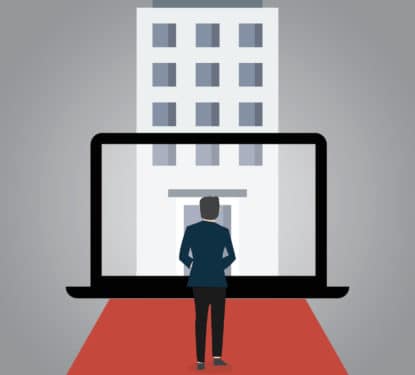
The Smart Technology Behind the Hybrid Workplace
The last two years may be the most globally turbulent period experienced by our workplaces for decades. COVID-19 has shaken up the fundamental concepts of how we work, when we work, and where we work, reshaping the very future of work in real-time as the waves of the pandemic ebb and flow. The result of this process has been the emergence of the “Hybrid Workplace” and while the concept is still somewhat vague, the hybrid workplace is essentially about creating the flexibility to adapt to the current turbulence and the new future of work.
Despite the challenges of the pandemic, we anticipate significant growth in digital workplace solutions as the market finds innovative new ways to adapt and thrive in this ripe landscape. Our recent analysis of the global digital workplace market forecasts growth of 20% per year for the next five years, creating a $9.21 billion market by 2026. Growth will be driven by cost-control measures such as space rationalization, and businesses exploring reconfigured solutions to help set up safe and effective hybrid workspaces.
“This major change in the relationship with offices represents great opportunities for startups and established players alike to shape the future of workspaces and facilitate the switch to hybrid work,” notes the Q1 2022 study. “Indeed, as our mapping of the workplace experience and occupancy analytics landscape highlights, space management solutions are now the most crowded segment, reflecting the major trend towards this new mode of hybrid working. We are even seeing former coworking startups or traditional B2B SaaS platforms evolve towards hybrid work enablers.”
Established companies have pivoted or rebranded their offering to target flexible and hybrid work practices, and new companies have emerged during the pandemic to serve the growing demand. The Spacewell Workplace app, launched in April 2021, and the Robin Office Pass, for example, are both aimed at improving the hybrid workplace experience by providing real-time occupancy, temperature, and air quality data on a floor plan of the office. This helps employees to select workspaces on their “office days” to suit their preferences and empowers IT and FM leaders with real-time insights to optimize productivity and collaboration.
“With the emergence of the hybrid working model, digital platforms and mobile apps by definition have increasingly become a necessary tool for many businesses, for use either in the corporate office as well as in home offices and third places or Work from Anywhere (WFA) locations such as flexible office or coworking spaces, community hubs and on-demand meeting spaces,” explains the new report. “Hybrid work seems to have become the new optimum and is likely to impose itself as a longer-lasting trend post-COVID. The shift to the hybrid working model needs technology at the center of digital workplace transformation and workspace management platforms and apps are a core element in this process.”
Workplace apps connect users to numerous smart building systems allowing a two-way flow of information that facilitates smart workplace applications. Hybrid Workplace apps connect users to the same smart building systems but the applications and interfaces are configured specifically for the unique needs of hybrid work. Virus-related health applications are also intertwined with the emergence of the hybrid workplace, which may not always be the case, but whether it is a prolonged pandemic, war, extreme weather, or cybercrime, the market should be able to find new ways to adapt the same smart building technology to almost any “new normal”.
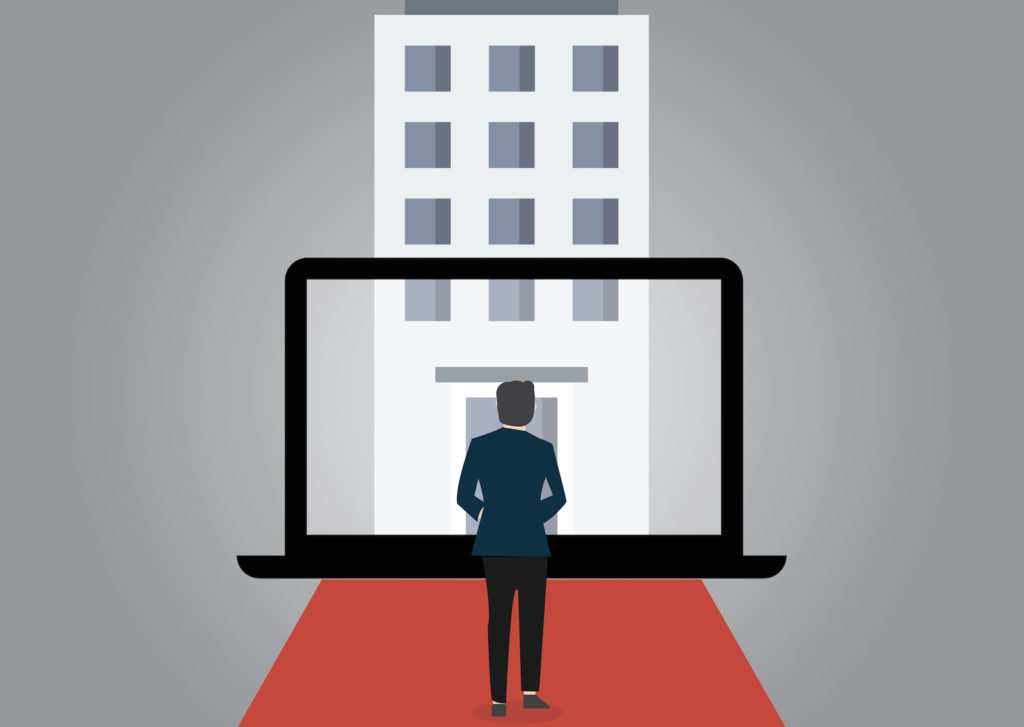
“Solutions to ensure efficient use of space in office buildings have been available for many years, but with the advent of IoT-driven real-time occupancy and location analytics, combined with the focus on workplace experience and COVID-19, digital workplace platforms have evolved to support more accurate insights into the critical context of where, revealing previously hidden patterns into the actual use of space and enabling improvements in the location-based experiences of building occupants,” explains the report. “These platforms are important tools for CRE providers, as working styles change, hybrid working models and flexible offices increase in number and the workplace needs to retain talent and attract a multi-generational workforce.”
During the pandemic, security features of the smart building have focused on identifying and controlling access to those who show signs of infection, recognizing the gathering of people to reduce social distancing, and enforcing mask-wearing, in addition to the usual functions and at low-occupancy. The same physical security systems could be adapted to identify weapons and specific individuals during emergencies, to maintain calm in times of chaos, or to ensure support for first responders. As hybrid working continues to develop after the pandemic, physical security systems will adapt to facilitate even more flexible access (securely), while the smart building’s cybersecurity will enable more secure and effective remote access for hybrid workers.
Space utilization was once focused on maximizing capacity and optimizing the working environment, now the focus is on limiting capacity and maintaining healthy distances, and in the consolidated future of the hybrid workplace, it will be about anticipating and creating flexibility for the hybrid worker.
Room and desk booking once also focused on maximizing capacity and optimizing the working environment, now the focus is also on limiting capacity and maintaining healthy distances, but in the future of hybrid work it will be about complex scheduling and seamless remote participation.
Lighting in the workplace once focused on driving productivity, more recently it shifted to health, and during the pandemic the health focus has been intensified. Lighting in the future hybrid workplace will be about finding efficiency in a dynamic occupancy landscape and personalization for a more individualistic workforce.
As our in-depth research shows, a truly smart building system can adapt to the needs of its occupants, whether that is reacting in times of crisis or evolving with long-term trends. In the workplace, during this turbulent period in human history, it is the digital workplace market that is demonstrating its ability to adapt to drive recovery and growth in office real estate. Despite the unprecedented nature of the challenge, and so early in the life of the digital workplace, our smart building systems have proven that through visibility, intelligence, and control, we create the flexibility to adapt to all kinds of turbulence. And that quality is rapidly growing in demand in commercial real estate.
“As the digital workplace takes shape in businesses worldwide with a revised set of working styles, whether it be remote working, hybrid working or flexible working, this change will necessitate enhanced technology to enable data-driven decision-making about the use of commercial office space,” states the new report. “With many occupiers exploring options to downsize offices or move to hybrid working, a growing number of landlords will be eager to tap into the opportunity for a more digitized workplace experience.”
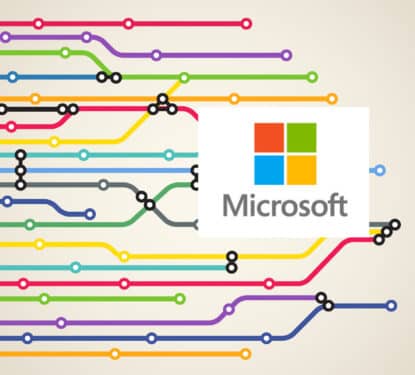
Mapping Microsoft’s Hybrid Work Business Strategy
…incorporate its open platform for access control data “to help reimagine hybrid work” alongside Microsoft Places. Digital Twin While creating the foundation for hybrid work through the IoT, cyber security,…
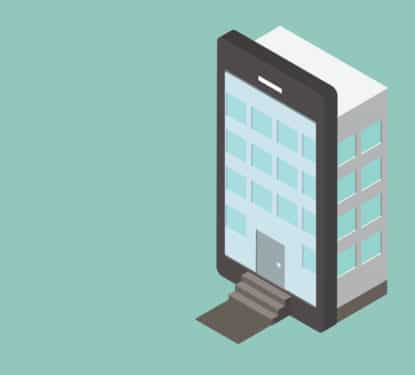
Hybrid Work is Driving the Digital Workplace Market
…inevitable hybrid work model takes will ultimately be determined by the employees themselves – a pure hybrid work model gives employees the power to work wherever they are most comfortable…

Hybrid Work Needs Hybrid Regulation
…hybrid manner after the pandemic. The FCA published its ‘Remote or Hybrid Working Expectations for Firms’ guidance in October 2021 and has committed to regular updates as the global crisis…

The Hybrid Workplace Is Not A Flexible Choice But An Inevitable Reality
…hybrid in one shape or form. Companies will have to accept this reality, they will have to experiment with various hybrid models, and ultimately they will have to trust in…

Hybrid Work: Driving the Workplace Technology Market!
…have a talk about hybrid work and the main part of this discussion today about how this you know phenomenon of hybrid work is driving the workplace technology Market so…
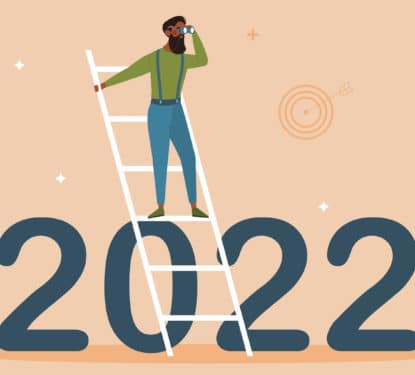
Hybrid Work & Climate Change to Drive the Evolution of Smart Buildings in 2022
…a special report by The Economist. In Europe, 89% of companies in the Owl Labs’ ‘State of Hybrid Work 2021 report claim they intend to develop a hybrid working model…

Thoma Bravo Leading Consolidation in the Hybrid Work Market
…first step for companies that are exploring hybrid work models and the evolution of their physical office. Occupancy analytics was always for optimizing space, but hybrid work has made it…
